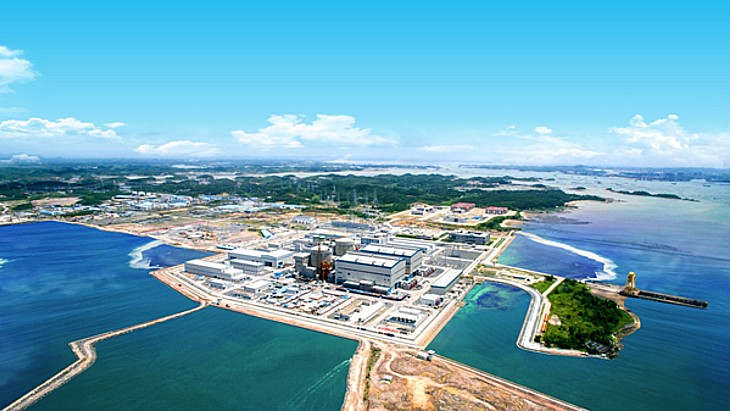SCK-CEN said the funding - approved at a meeting on 7 September - "will help carry out the first important part of Myrrha: building the first part of its particle accelerator and target facilities", known as the "Minerva" installation. The funding will be provided over the period 2019-2038, firstly to cover by 2026 both the investments of the Minerva installation, the studies and the development of the installation, and secondly the operating costs of the Minerva installation after 2027.
The government also approved the creation of an international non-profit-making body to be known as AISBL/IVZW Myrrha. This is a legal status adapted to large-scale projects financed by several foreign states.
"This decision will strengthen promotion and reception of foreign partners which are interested in the Myrrha project and its applications," SCK-CEN said.
Myrrha - Multipurpose Hybrid Research Reactor for High-tech Applications - will be a sub-critical assembly relying on accelerated protons producing neutrons in the target to achieve periods of criticality in a low-enriched uranium core. It will be a 57 MWt accelerator-driven system in which a proton accelerator will deliver a 600 MeV proton beam to a liquid lead-bismuth (Pb-Bi) spallation target that is in turn coupled to a Pb-Bi cooled subcritical fast nuclear core.
It is intended to replace Belgium's ageing BR2 research reactor, and will be used in a range of research functions including the demonstration of the concept of transmutation of long-lived radionuclides in nuclear waste, as well as producing radioisotopes for medicine. Myrrha will also be used for conducting fundamental scientific research in areas such as nuclear physics, atomic physics, fundamental interactions, solid-state physics and nuclear medicine.
"Thanks to its unique and innovative nature, the research infrastructure will attract researchers from all over the world to Belgium and will train a new generation of experts to provide technological solutions to these major challenges," said SCK-CEN Director-General Eris van Walle.
The project forms part of the European Strategy Forum on Research Infrastructures, and is one of three new research reactors forming the cornerstones of the European Research Area of Experimental Reactors, alongside the Jules Horowitz Reactor at Cadarache in France and the Pallas reactor at Petten in the Netherlands.
In 2010, the Belgian government gave the go-ahead for the construction of Myrrha. The country is to contribute 40% towards the EUR1.6 billion investment the project will require. The Myrrha project is envisaged as a partnership of Belgium, the European Union, the European Investment Bank and other partners, with 70% of the funding from EU countries.
Hamid Aït Abderrahim, director of the Myrrha programme and deputy director general of SCK-CEN, said: "Thanks to our government's support, Myrrha has made great progress. I would like to thank everyone who assisted in obtaining this decision and who supported this project from the very beginning, in Belgium and abroad. The political, industrial and local authorities' support also contributed to this success and will remain crucial to complete the project."
Construction of the Myrrha reactor itself expected to begin in 2026, with full-operation from 2034.

.jpg)



_92619.jpg)
_84504.jpg)

_58447.jpg)




